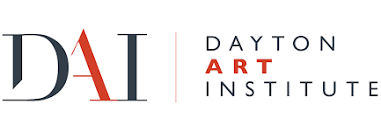Gus Kayafas
American
Garrulous, bearded, and indefatigable at 63, Kayafas will tell you that he’s led a charmed life, though a less adaptable personality might not have cottoned to all of its kismet-filled challenges. Childhood was, in a word, peripatetic, with Kayafas senior (an Air Force-employed contractor and procurement officer) resettling the family wherever his job required: Dayton, Ohio; Framingham, Massachusetts; London; and eventually “godforsaken Suitland High School in Suitland, Maryland.” Upon entering class on the first day of senior year, Kayafas smiled at a young woman sitting in the front row. The young lady (Arlette, now Kayafas’s wife of 43 years) smiled back, turned to her friend and said, “I’m gonna marry him—and you’re going to be the maid of honor.” Three years later, that pronouncement came true. Kayafas had always been a photo enthusiast, yet he let it take a back seat to his other love, science, at MIT—at least until the influence of amazing professors and mentors like Minor White, Harold “Doc” Edgerton, and Nicholas Negroponti exerted their full influence. Soon, he says, “physics was out the window.” Kayafas attended graduate school at the Rhode Island School of Design, taught part-time at MIT, and founded an impressive undergraduate and graduate program at the Massachusetts College of Art. He worked on his own photography, and perhaps even more importantly, “printed for all these amazing people [including Aaron Siskind and Doc Edgerton] in exchange for prints.” He adds, “Along the way, Arlette and I made a couple of kids. We moved to Concord in 1975 because we had a two- and four-year-old who needed a good school.” Kayafas had been photographing trees suffering from Dutch Elm disease in Concord, then went to Florida to photograph palm trees that were similarly afflicted. “I became obsessed with palm trees,” he says. “I decided to publish my Miami pictures and called it Palm Press.”
Little by little, printing, the art exchange, became printing, the business. In 1977 Kayafas printed a portfolio of Doc Edgerton’s work. In 1980, he left teaching and hired his first employee. Since then, his facility has become something of a gold standard in the business. He’s published some 55 portfolios by more than 40 different artists; worked with the likes of Harry Callahan, Duane Michels, and Helen Levitt, and now, with nine employees, he tackles large orders (like 50+ Pirkle Jones prints of the Black Panthers, 1968). Ultimately, Kayafas’s enthusiasm, not the Fates, gets the final say-so. “The banned words at Palm Press are ‘good enough.’ That means it’s not as good as it could be,” says Kayafas. “We’re not a lab; here, we learn and stretch our boundaries. We solve problems.”
https://photographmag.com/issues/may-june-2011/in-profile/
(sourced June 2020)
Person TypeIndividual










